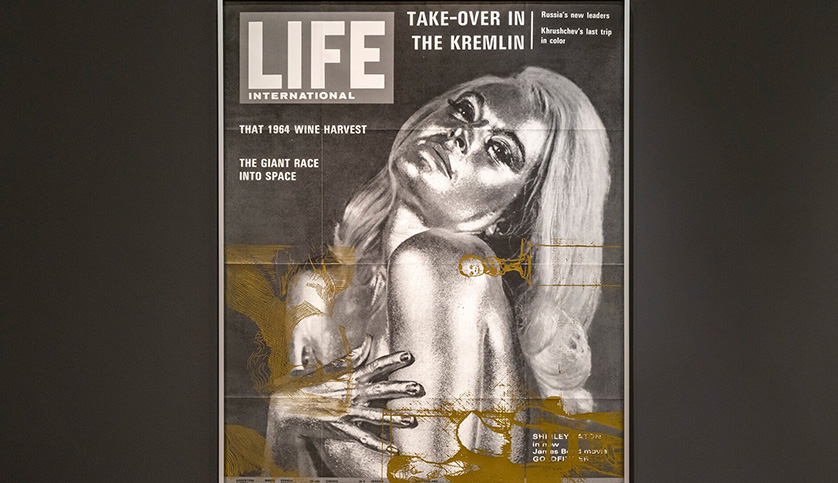Pera Kids
Ages 4-6
Now it’s time to imagine that we are in the Pera Museum, and you are a priceless sculpture on display here. Sculptures do not move, do they? So you have to keep the same pose without moving at all. The museum’s security is about to patrol the museum, and the sculptures must be completely still when they are here. However, when the security guard gets tired and goes to take a nap, you can switch places and poses. However, you must stay still once again when the security guard comes back. If the guard notices that you have changed places, you might get carried back to your original position. If the guard spots someone moving, that player becomes the new guard in the next round, and the game continues with different sculptures.
Related Exhibition: Intersecting Worlds
Illustrator: İpek Kay
Game Writer: Neray Çeşme
This program is presented especially for the 100th anniversary of the April 23 National Sovereignty and Children’s Day, inspired by Pera Museum's digital exhibitions.

Inspired by the exhibition And Now the Good News, which focusing on the relationship between mass media and art, we prepared horoscope readings based on the chapters of the exhibition. Using the popular astrological language inspired by the effects of the movements of celestial bodies on people, these readings with references to the works in the exhibition make fictional future predictions inspired by the horoscope columns that we read in the newspapers with the desire to receive good news about our day.
Tuesday - Saturday 10:00 - 19:00
Friday 10:00 - 22:00
Sunday 12:00 - 18:00
The museum is closed on Mondays.
On Wednesdays, the students can
visit the museum free of admission.
Full ticket: 300 TL
Discounted: 150 TL
Groups: 200 TL (minimum 10 people)